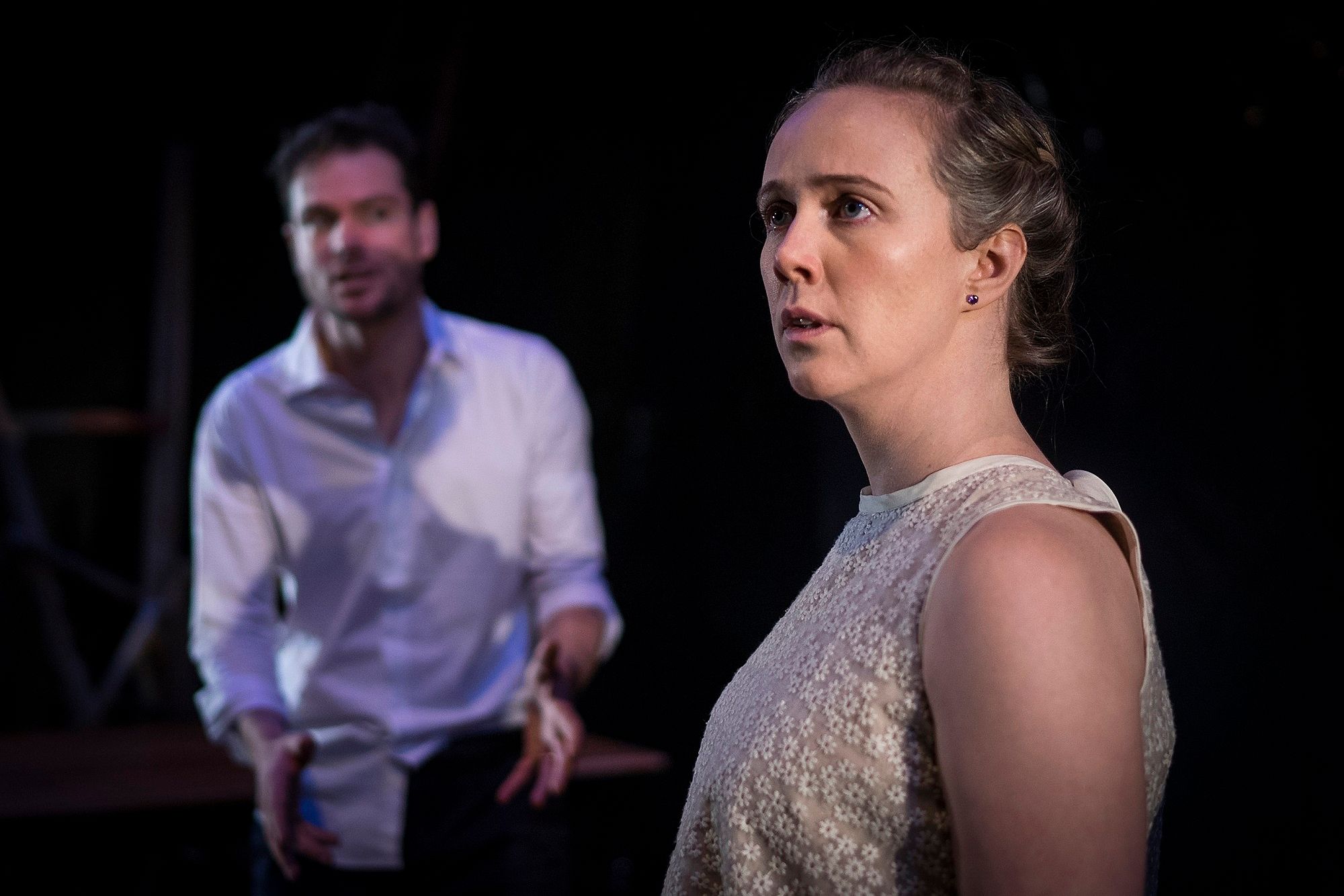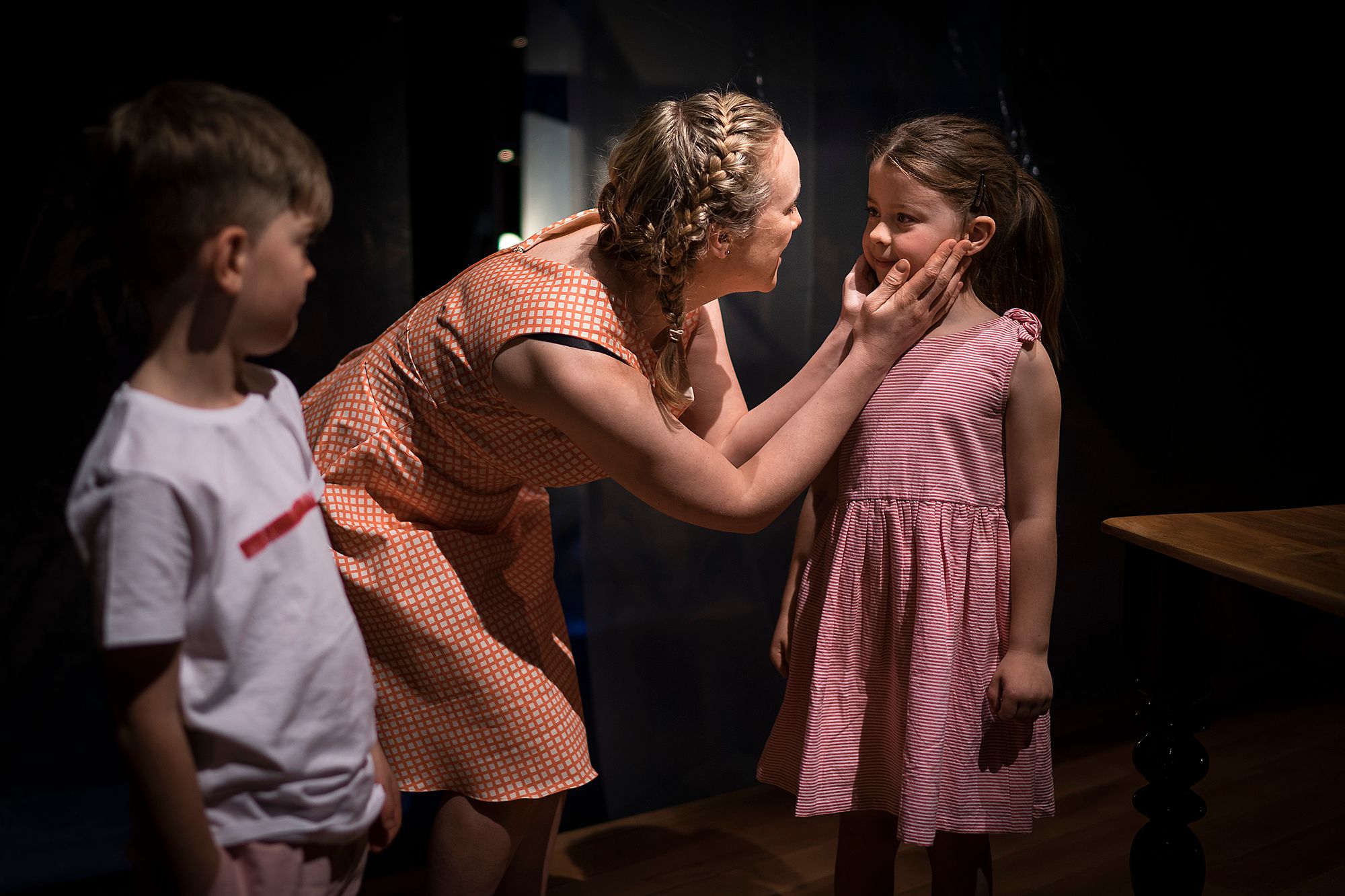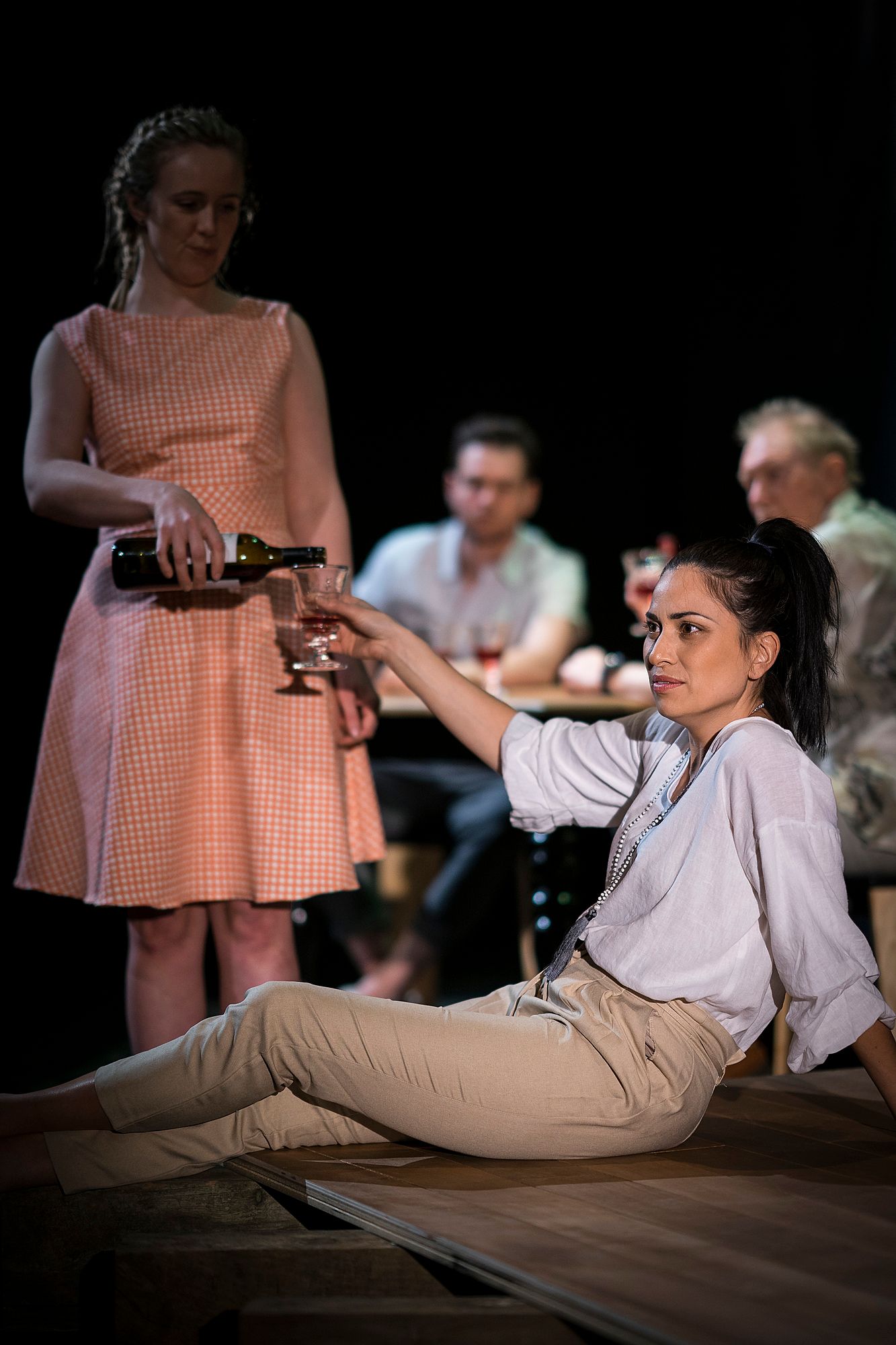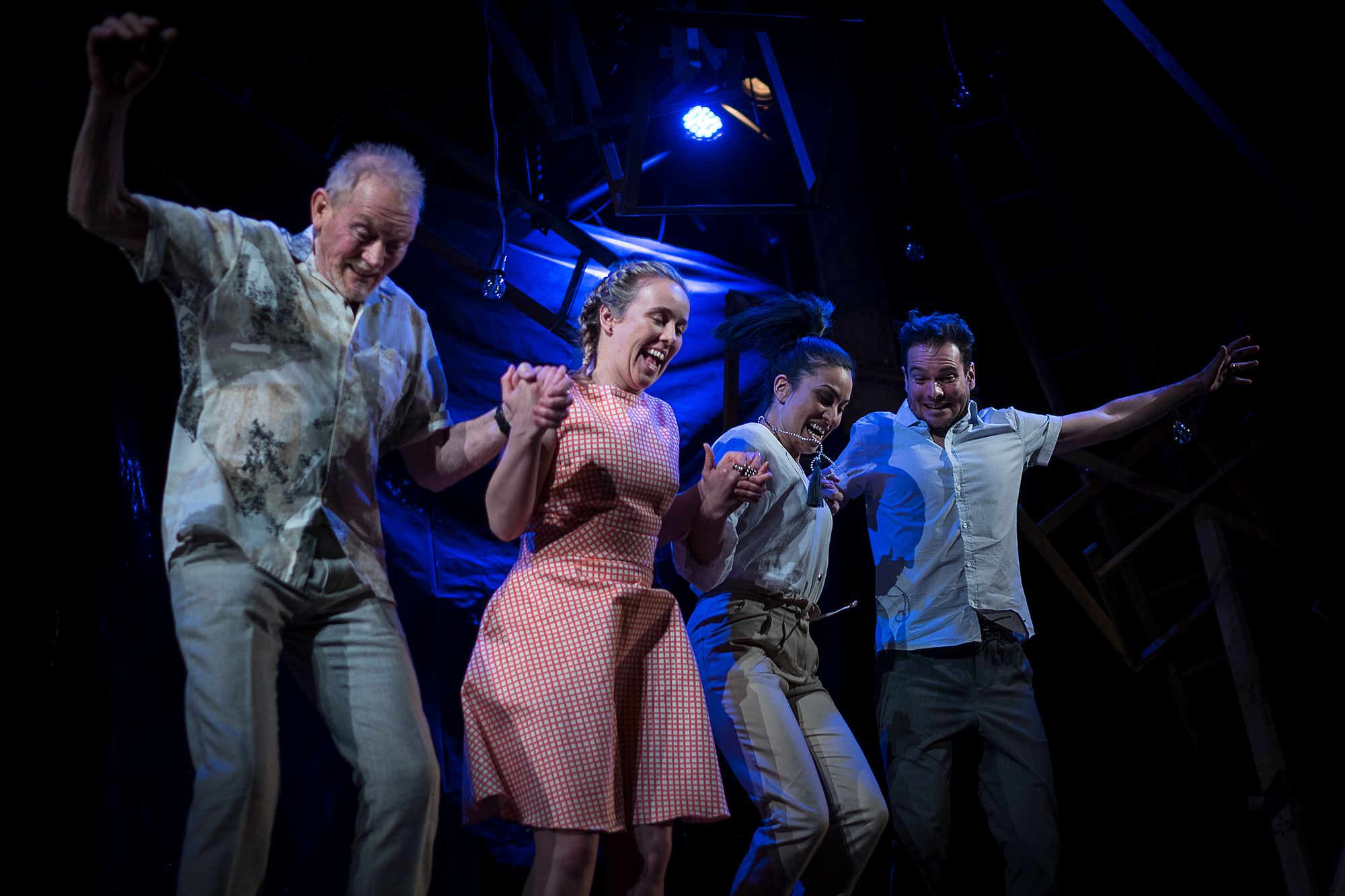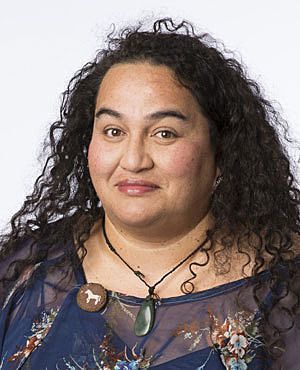Broken Miniatures: A Review of A Doll's House
Two years after its premiere at Auckland Theatre Company, Emily Perkins' adaptation of A Doll's House can be seen by Pōneke audiences at Circa Theatre. Maraea Rakuraku reviews.
Two years after its premiere at Auckland Theatre Company, Emily Perkins' adaptation of A Doll's House can be seen by Pōneke audiences in a new production at Circa Theatre. Maraea Rakuraku reviews.
That the most powerful lines of Emily Perkins' adaptation of Ibsen’s A Doll’s House come from the two female characters Nora (Sophie Hambleton) and Christine (Kali Kopae) perhaps speaks to what I find so appealing about this production directed by Katherine McCrae – it’s very much a story with women at the centre. As someone new to Ibsen, it’s a revelation that issues pertinent to relationships in 1870s Norway are as relevant today.
This is a story about Nora. Cheerful, barely-holding-it-together-keeping-everything-upbeat Nora, who, with her developer husband, Theo (Arthur Meek) and children Bee (Sophie Fulton/Jessica Southey) and Billy (Levi Alexander/Miko Peszynski) is living the dream. Nora and Theo are renovating a house somewhere off the grid (well, somewhere within travelling distance to a major city) and they’re still hot and in love with each other.
Nora and Theo angst about things relevant to an upwardly mobile, living-on-credit, professional, university-educated, middle-class Pākehā couple who have-their-shit-together. Supposedly. Into that story, throw global warming and climate change (because you know, they care?) Throw in a couple of their mates whose lives have unravelled somewhat (the aforementioned Christine; Aidan, played by Francis Biggs; ‘leery’ Gerry, played by Peter McCauley) and there's the perfect setting for, well, an anything-could-go-down Christmas. Theo has just received confirmation that he’s scored a contract for a new development and they’re chuffed. After what seems to have been lean times for the family, Nora’s relief is obvious at this news.
At the heart of the drama is the fact that Nora is worried sick about a well-meaning decision she made for the benefit of her family a few years ago, when she took out a loan from Aidan. She’s kept it secret all this time but it’s all coming home to roost and she’s terrified that Theo, who hates debt, will find out. To him, it’s weak, “like smoking or being fat”. So Nora’s doing what you do when you don’t know what to do: deny, lie, work your damnedest to cover it up, hustle, lie, tell a friend, and seriously consider things that you wouldn’t normally consider. On repeat. On the surface, such a secret could seem like a harmless white lie. But like most secrets, it folds into itself and as the play works towards its climax, it becomes clear that it covers up something bigger and more dreadful, and only Nora suspects what the outcome will be. Poor keeping-up-with-the-Joneses-not-beyond-using-her-sexuality-to-get-wins Nora.
Perkins resets Ibsen in contemporary New Zealand, where one person’s ecovillage is another’s gated community.
It’s these tensions raging beneath the surface which are the underlying power of the work. Perkins resets Ibsen in contemporary New Zealand, where one person’s ecovillage is another’s gated community. What looks one way for one character, looks different for another, and that's beautifully articulated in the texturing of the story and in the interaction of the characters. The veneer of each is poked at until it is poked through, and what is underneath? The dialogue is wonderfully paced and funny, and I have bursts of writer envy. I love that the Māori character is the only one who consistently calls anything out, with deadpan deliveries of lines like ‘I will eat you’, to Aidan, as they jostle for a desperately wanted job. There’s a sense that her disinterest in choosing not to have children perhaps underlies a deeper pain.
Perkins has created a layered work with three-dimensional characters which may make my next remarks contradictory. It’s interesting to me that Theo, around whom so much of the story is shaped, is the least fully-formed. I wonder if that’s intentional. Given Perkins' skill, it must be. He's pretty much exactly as he is; even when the veneer is scratched, there’s still so little there. The inner life that torments Nora? Theo just doesn’t have it. There’s a moralistic core there that him and the others allude to, and when it appears, its judgemental aftermath has catastrophic consequences for the world that both he and Nora have created. However every time Theo trots off to his workshop, leaving the bulk of the childcare to Nora, I’m reminded how one-sided and locked into gender roles some relationships can be. And that he’s so quick to judge her, even after the revelation of his own secrets? Well, I know so many Theos.
Then there’s the leery, pissed old-fella Gerry who has the hots for Nora, but predictably turns on her when their flirtations eventuate in nothing. That he declares his love and then calls her a cocktease moments later is so, well, expected in a way. Turns out I know a few Gerrys too.
Perkins’ observations are spot on. For example, never have I heard it expressed so succinctly onstage the poisoned chalice that Australia has become for tradies – which is what Aidan articulates so clearly.
Boy, does that final acceleration deliver. As Nora, Hambleton is searing.
Theo’s judgment of Nora when it comes, I find sickening. His lack of compassion and then back-pedalling is uncomfortably truthful. When Nora appeals to Theo, "I’m not even real. I’m something we invented" her self-awareness is both heartbreaking and terrifying to witness. I can only imagine many in the audience shifted uncomfortably. So, I’m not surprised and neither do I judge that she wants out. Run, Nora, run.
It’s a lot of story to put into an hour and forty minute production. It does so successfully, however the shorter scenes depicting her increased stress can be distracting and veer towards cliche. But then this is Nora’s inner world – she can be as cliche as she likes.
Ian Harman's set is comprised of saw horses, trestle legs, bulbs and frames suspended from the roof and giving the impression of renovations. There are some design elements I don’t quite understand, such as tissue paper and lollies falling from the heavens. Is this a whimsical touch or a metaphor for what awaits this picture-perfect family? Vocal performance is sometimes an issue; from where I sit it’s difficult to hear the child performers, and some of Meeks’ and Biggs’ dialogue. However others are distinguishable and easy to follow; the hard brittleness of Christine is reflected in Kopae's voice, and McCauley's Gerry has a particular slur.
It’s in the climax that A Doll’s House really comes into its own and Perkins flexes her writing muscle, illustrating why she remains one of the more relevant and exciting voices of her generation. I suspect all number of interpretations of her script are inevitable in different directors' hands, the material being that rich and ready for the mining. And may it have many interpretations.
Post performance, the overwhelming response was that A Doll’s House really comes into its own in the final section which I both agree and disagree with. The rich layering that Perkins has created and the unearthing that Katherine McCrae undertakes takes time, and given Perkins is primarily a novelist, completely understandable. Sure, the cranking of the tension could be ratcheted up a bit more, but boy, does that final acceleration deliver. As Nora, Hambleton is searing. Her performance is heart-wrenching and every empathetic bone in my body is screeching for Nora; someone who I would quite possibly dismiss as shallow and irrelevant to my real life.
Respect to a play and production that shifts me from an outsider looking in, to sitting within the experience of someone whose life is removed from mine. That’s powerful. Thank you.
A Doll’s House runs from 5 August – 2 September at Circa Theatre. Tickets available here.
